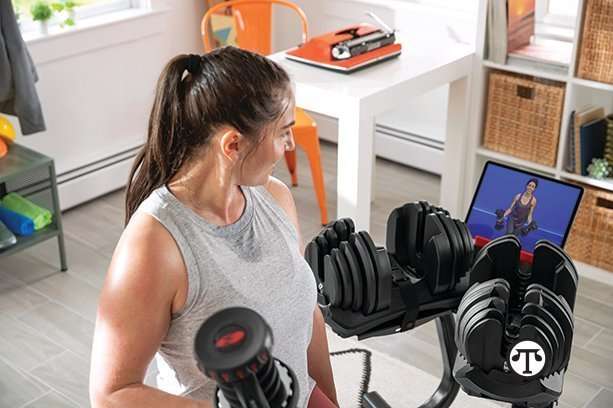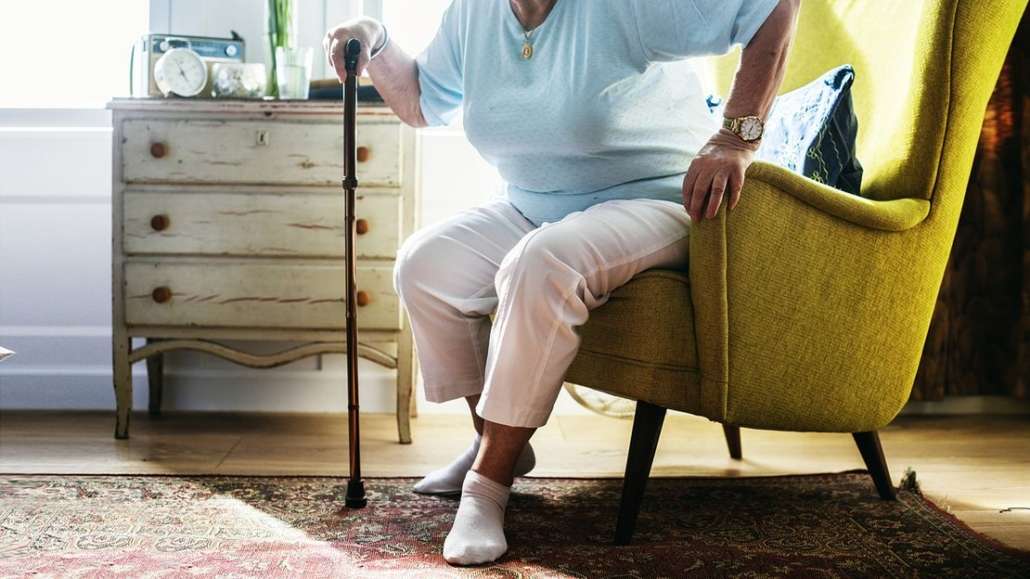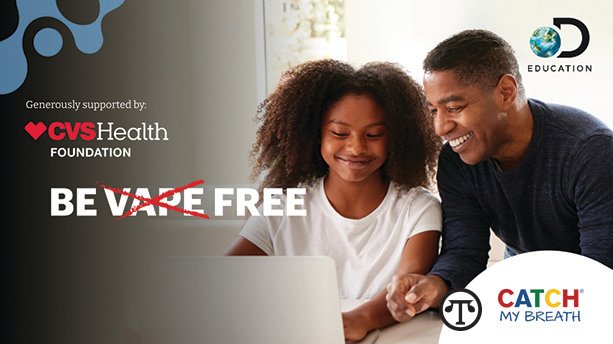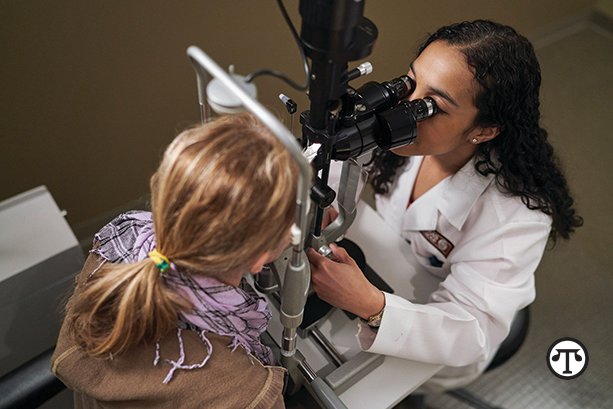FOR YOUR HEALTH: Body Neutrality: It’s More Than A Feeling

JRNY offers trainer-led coaching for Bowflex cardio and strength products as well as whole body workouts including yoga, Pilates, stretching, core and more—removing the guesswork from experiencing a quality workout. All workouts are stored in your fitness journal so you can see everything you accomplished whether at home on your cardio equipment, or on the road with the JRNY app.
(NAPSI)—For years, people have been told by brands and influencers to be “body positive” and embrace the way their bodies look—no matter the shape or size. Sounds good, right?
Well, the term body positivity focuses on outward appearance and doesn’t account for overall health. For example, someone may be focused on feeling body positive and implement a gym routine that simultaneously neglects other important aspects of their wellness, such as nutrition.
Body neutrality, which has been championed by singer Lizzo and actor Jameela Jamil, has many definitions. Tom Holland, exercise physiologist and Bowflex fitness advisor, explains that the core concept is to take pressure off your appearance and to focus on how your body feels. He adds that when you realize the way you look is not necessarily indicative of your health or happiness, you can prioritize your holistic wellness instead of your appearance.
Although June is “Beautiful in Your Skin” month, any time is a good time to start being body neutral.
How To Establish a Body Neutral Workout Routine
•Feel good in your genes—Everyone has a different body type, genetic makeup, lifestyle and goals—meaning there is no one-size-fits-all health and fitness routine. Instead of following a generalized routine, you need to create custom workout experiences that fit your individual needs.
Fortunately, the JRNY digital fitness platform (https://www.bowflex.com/jrny.html) offers personalized, trainer-led workouts on Bowflex cardio equipment based on your fitness abilities and mood—removing any guesswork from achieving a quality, meaningful workout at home or on the go. Check out JRNY for full-body workouts, including yoga, Pilates, core, stretching and more.
•Pay attention to the numbers that matter—While the number on the scale can be an easy fixation point, it should not be the goal. Instead, focus on implementing workout goals that are achievable and controllable.
Holland says, “A key concept in creating a body neutral workout routine is to control what you can, such as making healthy eating choices, moving more, and adopting a positive mindset. When you make these small adjustments over time, good things will happen.”
For example, encourage yourself to better your mile time or increase your reps. At-home fitness equipment such as the Bowflex SelectTech 552 dumbbells (https://www.bowflex.com/selecttech/552/100131.html) make this process simple by giving you the ability to adjust the weight from 5 to 52.5 lbs. with the click of a dial, replacing 15 weight sets. Similarly, the Bowflex Max Total 16 (https://www.bowflex.com/max-trainer/mt16/100915.html) is ideal for those who want high-intensity interval training, and JRNY gives you access to your fitness journal so you can see your personal bests and improvements over time.al bests and improvements over time. Equipment such as this helps you to focus on the numbers that matter rather than the ones that don’t.
• Consistency is always key—The age-old saying still rings true: The more consistent you are with working out, the better the outcome. Aiming to work out a certain number of times a week is an achievable goal that is in your control.
“There are numerous benefits from each exercise session—whether that’s 5 or 60 minutes—including both physical and psychological impacts that you may or may not see in the mirror, such as a significantly decreased risk of many diseases, numerous cognitive benefits, increased energy, improved sleep and more,” Holland explains.
So, there’s no need to pick sides: Stay body neutral and embrace your fitness journey. You’ll feel successful knowing that you met or exceeded your goals.




 Study finds older people reporting feeling run down were more likely to die within the following 3 years.
Study finds older people reporting feeling run down were more likely to die within the following 3 years.

 Built with industry-leading AI technology, Mintal Tracker is able to detect sleep apnea—no wearable devices needed.
Built with industry-leading AI technology, Mintal Tracker is able to detect sleep apnea—no wearable devices needed.

